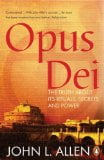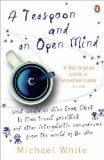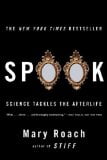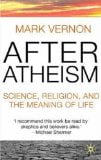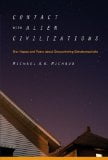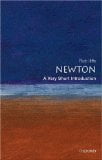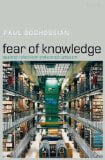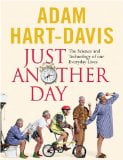 Just Another Day: The Science and Technology of our Everyday Lives
Just Another Day: The Science and Technology of our Everyday Lives
by Adam Hart-Davis
Orion Books, ISBN 0752873342
Given the relentless tide of mind-shrinking nonsense that drenches popular culture thanks to credulous and/or cynical tabloid newspapers, television channels and other media, any attempt to lure people into taking some interest in the science behind our daily experiences is, on the face of it, very welcome.
Unfortunately, the face in question here is the grinning beard of Adam Hart- Davis, who seems to imagine that he is a fascinating eccentric, and that the minutiae of his daily life will be of huge interest. Every other page features yet another photograph of His Worship in eyestinging “look at Adam Hart-Davis!” outfits. Photography is illustrated by a picture of Adam Hart-Davis taking a photograph. Bicycles are explained via several pictures of Adam Hart-Davis riding bicycles, in case we have never encountered any.
The conceit of the book is that, by following the activities of an average day, we can be led to consider sleep, food, hygiene (the cover is graced with an image of Adam Hart-Davis on the toilet), travel, work, and so on. Why we have to know about what time Adam Hart-Davis makes morning tea for Sue Blackmore, or the fact that Adam Hart-Davis’ work apparently involves speaking to “large audiences”, is far from clear.
There have been other far more appealing books about the science of everyday life, by such authors as David Bodanis (The Secret House), John Emsley (Molecules at an Exhibition) and Len Fisher (How to Dunk a Doughnut). Books like Lawrence M. Krauss’s The Physics of Star Trek can be another handy detergent for non-starter paranormalist fantasies. They are books that are actually about science.
Adam Hart-Davis is also the author of Taking the Piss.
Paul Taylor

